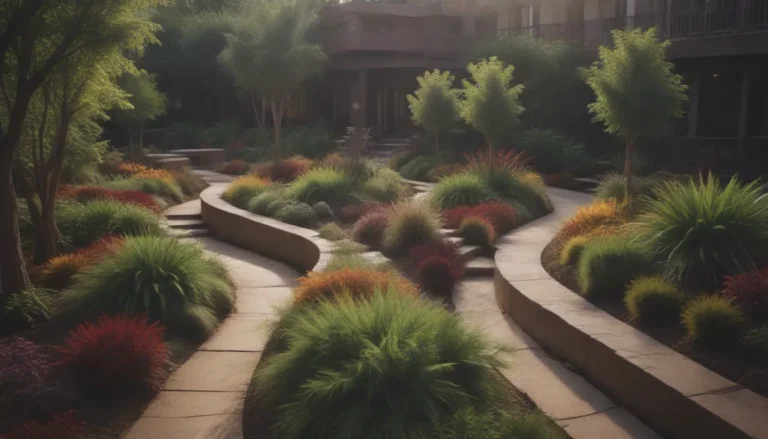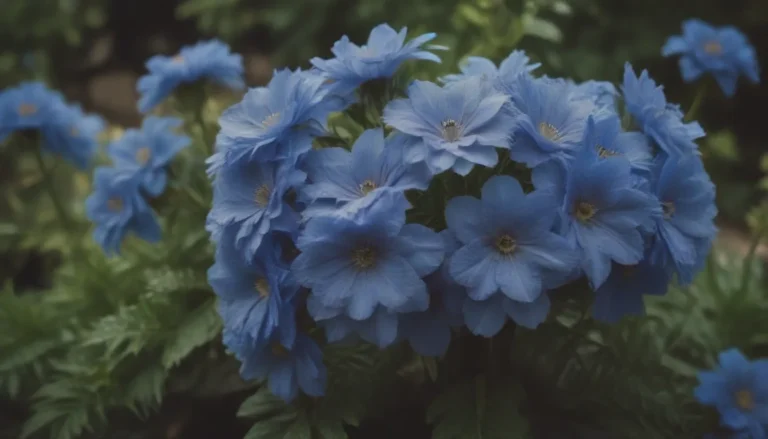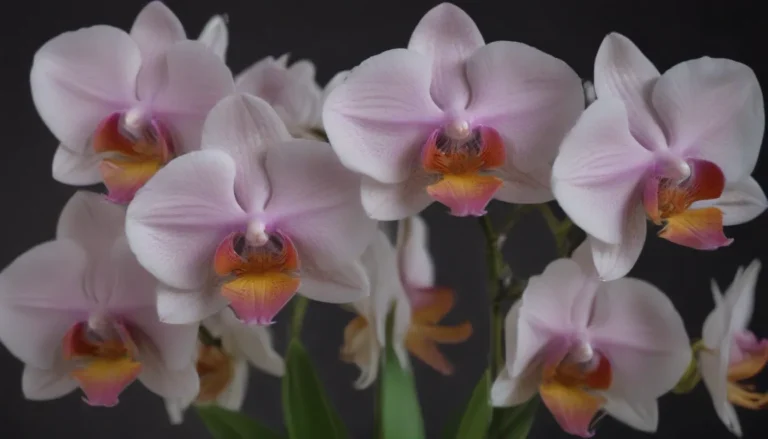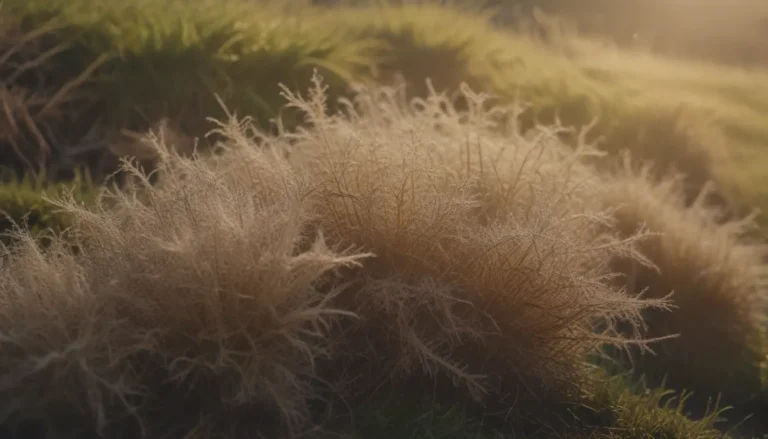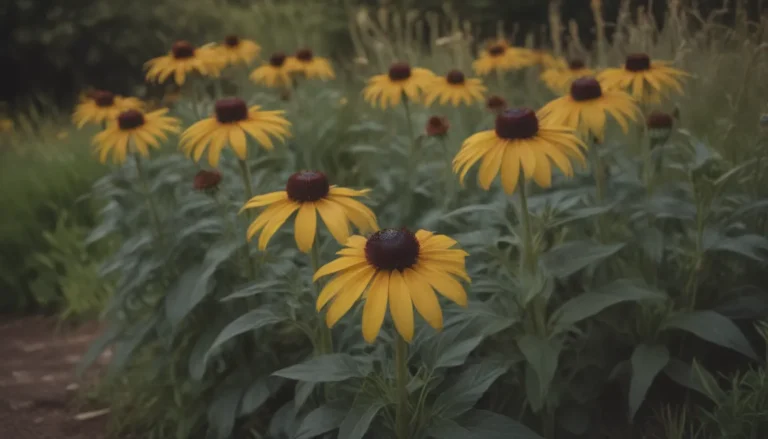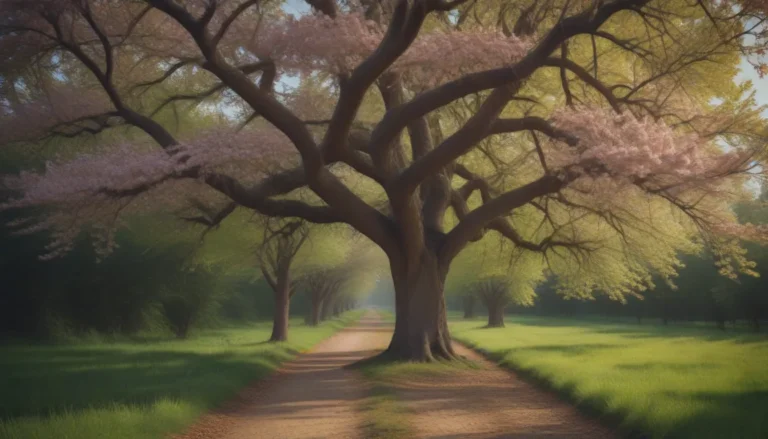A Comprehensive Guide to Growing and Caring for Boneset
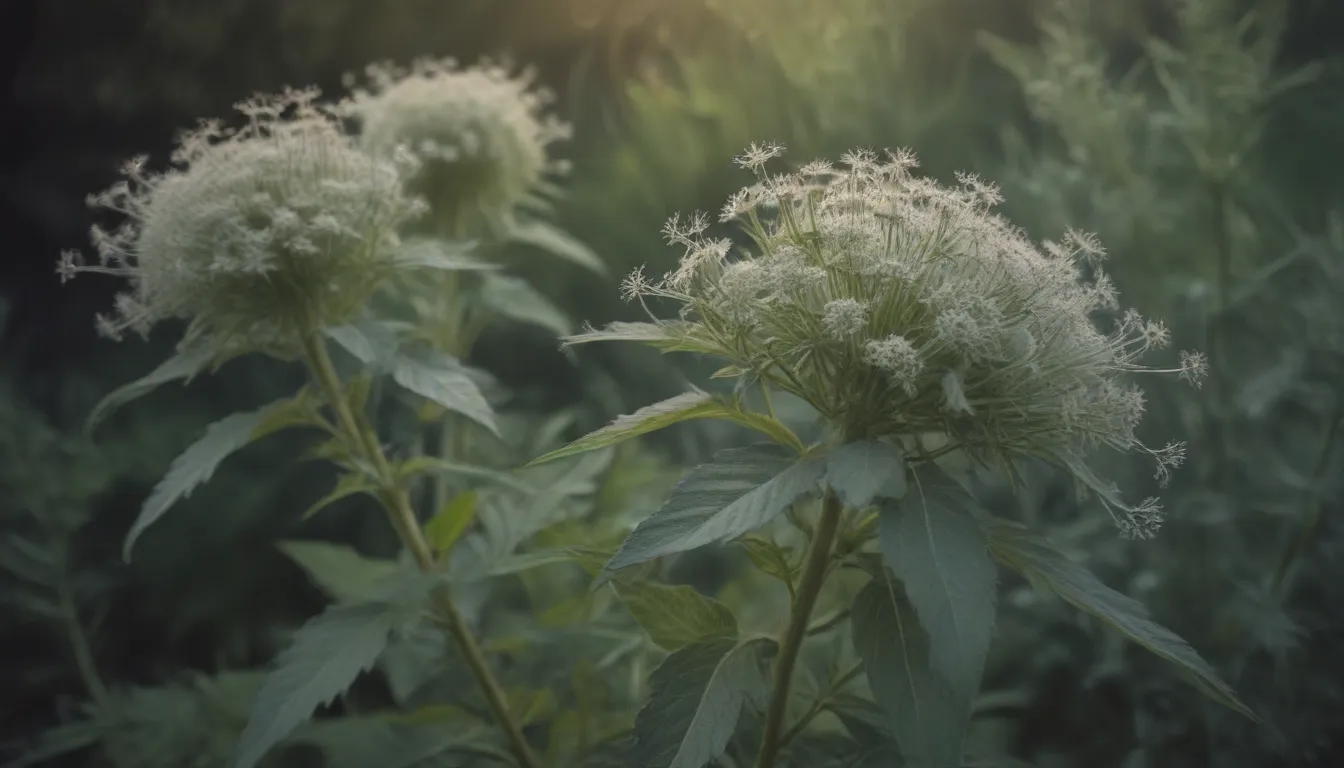
Boneset, a member of the aster family, is a unique plant that requires some specific care to thrive in your garden. In this detailed guide, we will explore everything you need to know about growing and caring for boneset. From planting to propagation, we’ve got you covered!
Getting to Know Boneset
Before we delve into the care requirements, let’s take a closer look at this fascinating plant. Boneset is a slow-growing plant that can take up to three weeks to germinate from seed and up to a year to reach maturity. Once mature, it produces masses of tiny, fluffy, white flowers in flat-topped clusters known as “corymbs”. Despite its unassuming appearance, boneset is a versatile plant that can be used in fresh and dried flower arrangements.
One of the distinctive features of boneset is its perfoliatum species name, which refers to the way the main stem appears to pass through each pair of leaves as if it were sticking out of a hole in the middle of a single leaf. It’s important to note that all parts of the boneset plant are toxic to humans.
Boneset Care Tips
Now that you’re familiar with boneset, let’s move on to the care requirements for growing this plant successfully.
Light
Boneset thrives in full sun but can also tolerate partial shade. To encourage abundant flowering, try to provide it with as much sunlight as possible.
Soil
Boneset is adaptable to various soil conditions but prefers sandy or clay-type soil. If planting in sandy soil, make sure to keep the soil consistently moist, as sandy soils do not hold water well.
Water
This plant thrives in consistently moist soil and can even withstand mild flooding. Monitor the soil moisture regularly and water thoroughly when needed to ensure the plant stays healthy.
Temperature and Humidity
Boneset can tolerate temperatures down to -13 degrees Fahrenheit and thrives in hot and humid conditions. It’s important to protect the above-ground foliage in winter, as it will die back but the roots can survive.
Fertilizer
Boneset prefers soil with average fertility and may not require additional fertilization if planted in compost-enriched soil. If fertilizing, use a quarter-strength fertilizer once in the early spring.
Types of Boneset
Closely related to boneset are two other species ofEupatorium that are native to North America and prefer wet ground. These species have greater ornamental value compared to boneset and can be a beautiful addition to any garden.
Pruning and Propagation
Proper pruning and propagation are essential for maintaining healthy boneset plants.
Pruning
Use sterilized pruning shears to cut back the plants once dieback occurs in colder weather. Prune again in the summer to encourage bushy growth and abundant blooms. Deadheading is not necessary for reblooming but can help control seed and plant overgrowth.
Propagation
Boneset is best propagated through seed sowing or root division. Divide the plant every three years to prevent overcrowding and maintain its vigor.
Growing Boneset From Seed
Seeds can be sown directly in the ground or indoors after cold stratification. Follow these steps to grow boneset from seed successfully:
- Direct-sow seeds outdoors in the fall or spring.
- Cold stratify seeds indoors for better germination.
Potting and Overwintering
Boneset seedlings are slow growers and require a large container with ample drainage holes. Repot the seedlings after a year of growth, and protect the root system with mulch during winter.
Common Pests and Problems
Boneset is generally easy to grow but may face some common pests and problems.
- Grasshoppers, flea beetles, and other insects may feed on boneset leaves. Use insecticidal soap or natural pesticides to control infestations.
- Ensure boneset gets enough water to prevent shriveling leaves and leggy growth due to excessive fertilizer.
Blooming and Growth
Boneset blooms from late summer to early fall and has fragrant white flowers that can be used in floral arrangements. Encourage blooming by providing adequate sunlight and moisture.
Interesting Facts About Boneset
- Boneset is native to North America and is not considered invasive.
- It attracts bees, butterflies, and other pollinators while repelling deer.
- Native Americans used boneset to break fevers and alleviate pain.
By following these care tips and guidelines, you can successfully grow and care for boneset in your garden. Enjoy the beauty of this unique plant and watch it flourish under your expert care!
